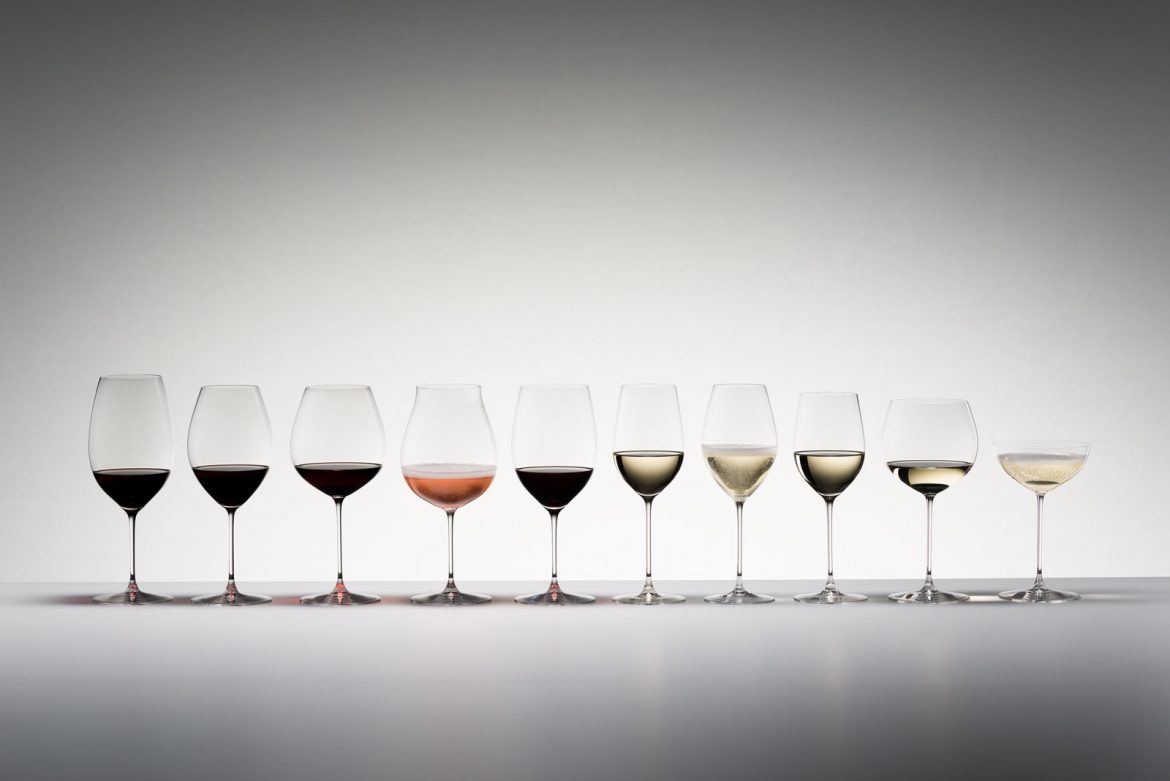What Are Tasting Notes in Wine?
Wine sampling notes can depict a smell, taste, or both. For instance, a wine with notes of green apple joins a sharp, acidic taste with a light natural product fragrance.
Our taste buds can identify slight contrasts between pungent, sharp, sweet, or umami flavors, assuming a fundamental part in the wine sampling process. The nose fills in the remainder of the image to give the full flavor.
Our Wine Tasting Notes Real?
Wine sampling will constantly be abstract since taste and smell generally rely upon the person. The language used to depict wine sampling notes likewise relies upon the individual, and you might relate to one bunch of notes over another. While the specific notes of a given wine might change somewhat between individuals, wine sampling notes help to survey by and large taste and quality.
Wine sampling Notes for Beginners
You can go into a wine sampling visually impaired, meaning you don’t have the foggiest idea about any data about the wine, or with a couple of subtleties. The objective of one or the other kind of trial is to analyze the wine’s appearance, flavors, smell, and surface. Appropriate wine sampling includes the accompanying advances:
Utilize a wine glass adequately huge to whirl 1.5 ounces of the assortment you wish to taste.
Take short breaths, breathing in through your nose and breathing out through your mouth, to catch the smell.
Focus on your taste buds on the principal taste of wine.
Record your underlying response and what you can taste and smell for reference for future tastings.
Seeing a portion of the essential terms to depict components of wine will assist you with assessing the nature of the jug before you. The primary parts of a wine you might consider during tasting include:
- Sharpness
- Tannins
- Pleasantness
- Liquor
- Body
- Length
- Intricacy
What Notes Are in White Wine?
While making white wine, winemakers separate the grapes from their skin prior to maturing the refreshment in tempered steel or wooden barrels. Incalculable assortments of grapes can influence the flavor and fragrance of white wine. For example, while attempting a dry white wine, you might encounter notes like these:
- Buttery
- Oaky
- Botanical
- Rich
Then again, a sweet white wine might offer different tasting notes:
- Honeyed
- Brilliant
- Sweet
- Lanolin
What Notes Are in Red Wine?
To make red wine, wineries press darker-looking grapes and let them age with the skins. This aging system adds tone, flavor, and tannin, or normally happening intensifies that make a drying sensation. As the yeast changes over grape sugar into ethanol and carbon dioxide, it makes liquor.
The maturing system and sort of grapes utilized in red wine creation can influence the flavor and fragrance. For instance, in a light red wine, you might encounter notes, for example,
- Woods
- Cherry-like
- Severe Almond
- Rose-like
A medium-bodied red might taste:
- Tannic
- Firm
- Smooth
- Cedary
While a full-bodied red might give take note of what are:
- Rich
- Tannic
- Intense
- Hearty


